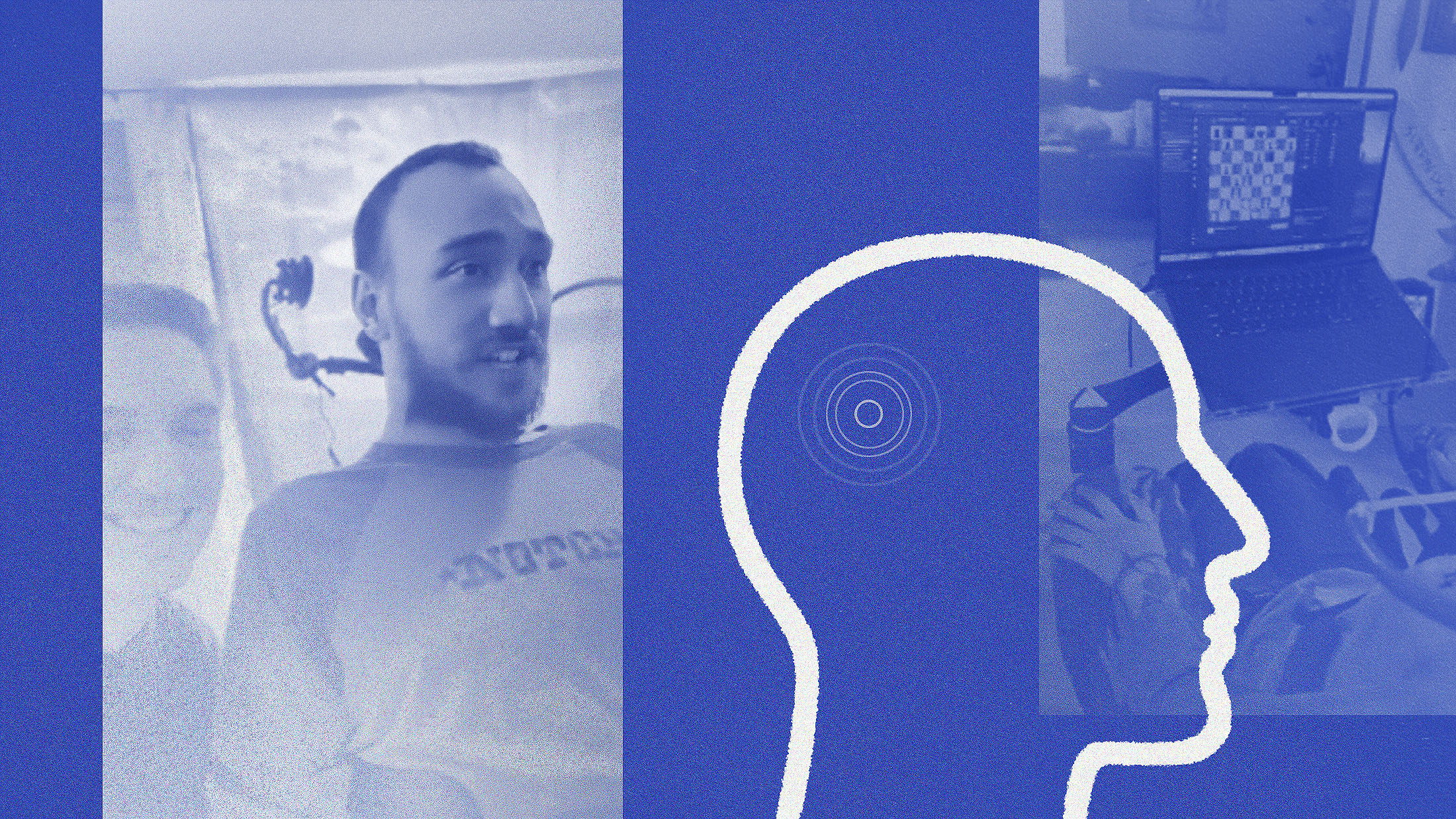Neanderthal DNA used to grow a ‘mini-brain’

Credit: Paola Arlotta laboratory, Harvard University
- Switzerland-based researchers successfully used Neanderthal DNA to grow a brain organoid.
- The team, led by Grayson Camp, used induced pluripotent stem cells, which are used to research diabetes, leukemia, and neurological disorders.
- By tracing back our ancestral lineage, the team hopes to better understand genetic disease susceptibility.
You know someone has received their 23andMe report when they write one of two social media posts: they boast of having Neanderthal DNA or being an ancestor of Genghis Khan. Sure, it’s a bit strange to take pride in a lineage filled with pillaging and murder, yet that’s often how we view history from afar, downplaying shadowy events while championing warrior ancestry.
Let’s move on to Neanderthals. The common understanding of evolutionary biology goes something like this: chimps to humans with a period of Neanderthal intermediaries along the way—the “starting to lose hair” phase. Of course, the picture is more complex.
The line from Australopithecus to Homo sapiens is not straight. There was Homo neanderthalensis (Man from Neander Vally), as well as Homo erectus (Upright Man), Homo soloensis (Man from the Solo Valley), Homo floresiensis (Dwarf man from Flores), Homo denisova (Man from Siberia), Homo rudolfensis (Man from Lake Rudolf), and Homo ergaster (Working Man).
What happened to all of these intriguing relatives? Most likely, Homo sapiens killed them. Our forebears procreated with whatever combinations worked, most famously Neanderthals, as recently as 40,000 years ago. Today an estimated 40 percent of Neanderthal genome lives on in 2 percent of modern, non-African humans (although the idea that Neanderthals and Africans didn’t mingle is now being challenged). The Neanderthal genome is the topic of an exciting new study, published in the journal Cell Stem Reports.
Can Stem Cells Reverse Aging? With Dr. David Aguswww.youtube.com
In 2010, Swedish geneticist Svante Pääbo first mapped the Neanderthal genome. He successfully extracted and sequenced Neanderthal DNA, opening up an entirely new field of genetic research. Evolving on that work, a team lead by Grayson Camp at the Institute of Molecular and Clinical Opthalmology in Basel, Switzerland has grown Neanderthal DNA-containing brain tissue for the first time.
The team used induced pluripotent stem cells (iPSC), which are normally derived from human skin or blood cells. Stem cells are biological gold. By reprogramming these cells back to an embryonic-like state, researchers can develop a wide range of human cells for therapeutic purposes. This is exactly what Camp hopes this research on the Neanderthal genome will help accomplish.
Genetic codes reveal secrets around biological development and susceptibility to disease. Since stem cells can resemble brain, stomach, skin, kidney, and intestinal (among others) human tissues, their range of utility is endless. Researchers are hopeful that stem cells will help combat the ravages of diabetes, leukemia, and neurological disorders, among numerous other diseases.
As the team writes, Neanderthal DNA provides a wealth of genetic resources, including “skin and hair color, immune response, lipid metabolism, skull shape, bone morphology, blood coagulation, sleep patterns, and mood disorders.”

Fabien Danjan of CNRS (French Research Institut Center) introduces embryonic stem cells in a mouse embryo to set a genetically modified line, on February 9, 2012.Photo: Anne-Christine Poujoulat/AFP via Getty Images
Analyzing genome sequences from 173 mostly European participants, they were able to identity Neanderthal haplotypes (an inherited group of genes from a single parent). Alleles (gene variants) were identified for digestive function, immune response, and skin color. Camp believes this research is beneficial for studying human developmental processes.
After identifying Neanderthal genes, the team grew brain organoids, 3D blobs of brain tissue barely a few millimeters in size. Organoids are diverse resources in laboratory settings, especially in drug treatment research. Cancer treatment protocols are often tested on these blobs, for example.
While his team’s work is exciting, Camp warns that this is no science fiction experiment.
“These are human cells, they’re not Neanderthal cells but human cells that have Neanderthal DNA naturally inside them. This is totally different to Jurassic Park. It’s more about studying the mechanism than try to recreate something.”
While these culture systems are not yet optimal, the process has begun. Camp is interested in studying other Homo ancestors, such as Denisovan DNA. The further we dial back the clock, the better we understand our origins. If that path leads to treatments or cures for some of humanity’s most prolific killers, the backpedaling will be worth it.
—
Stay in touch with Derek on Twitter, Facebook and Substack. His next book is “Hero’s Dose: The Case For Psychedelics in Ritual and Therapy.”





